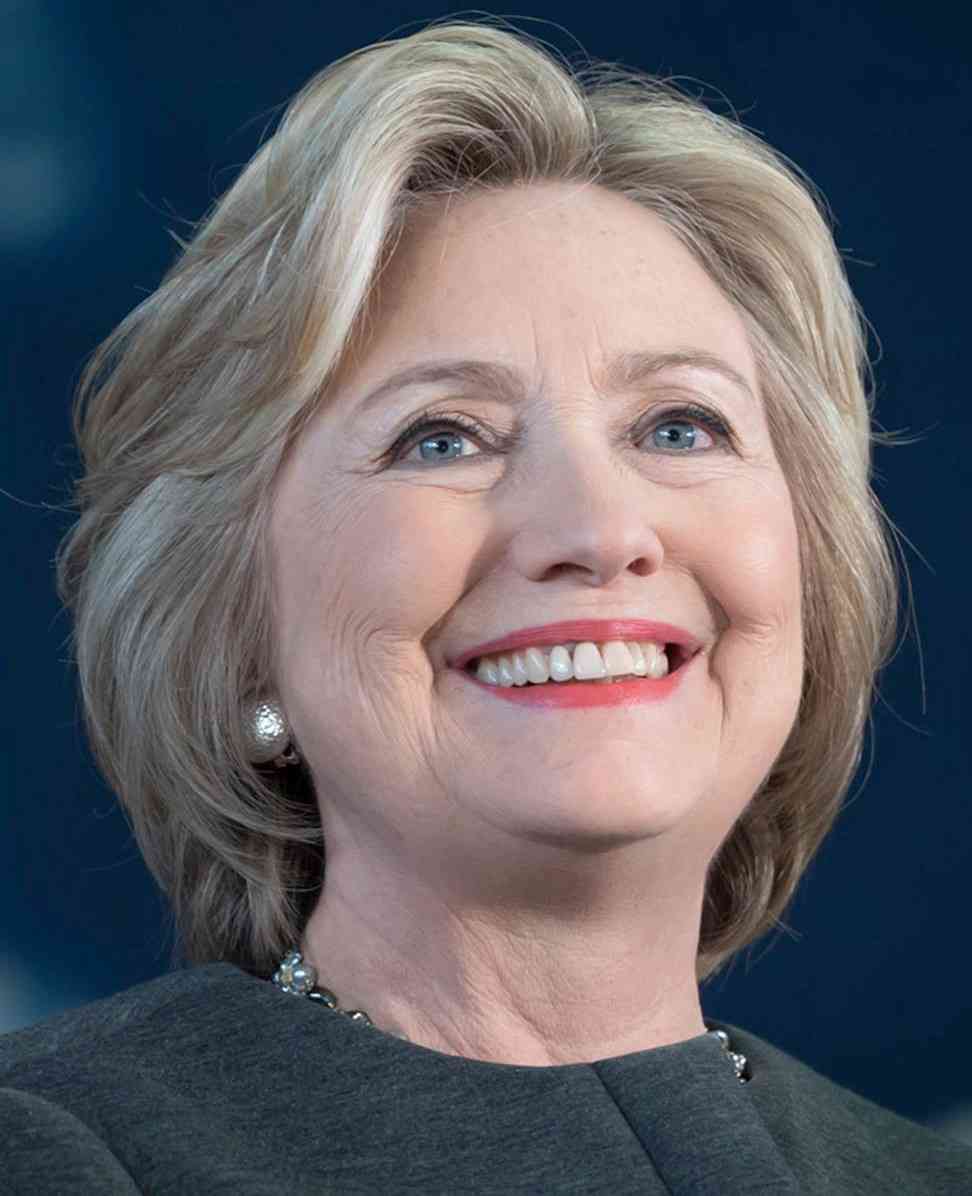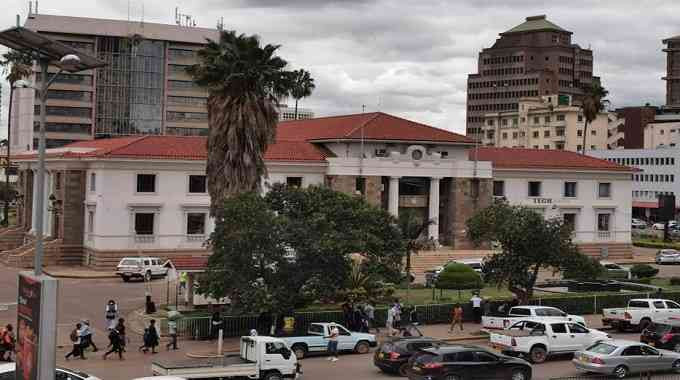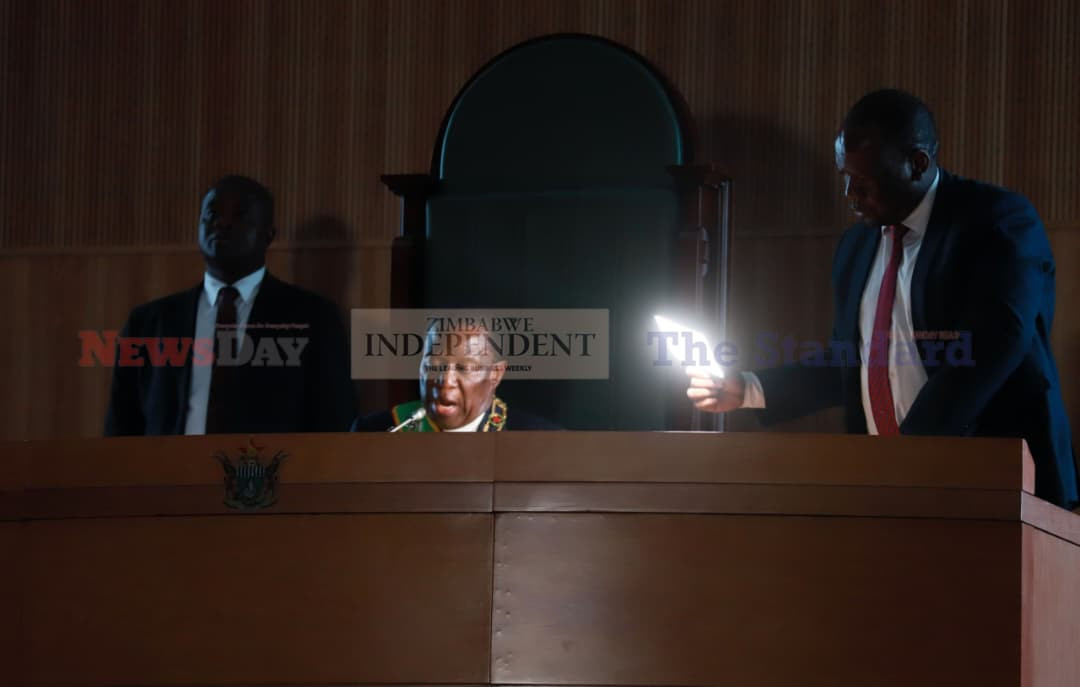
WHAT Happened by Hillary Clinton is a personal and political memoir detailing her perspective on the 2016 United States (US) presidential election, in which she was the Democratic nominee and ultimately lost to Donald Trump.
The book is outstanding for its candidness, its exploration of the emotional toll of the loss, is one that I relate to as a young woman entrepreneur and its analysis of the broader political and social dynamics that shaped the outcome of the election.
Clinton in a familiar female style begins by addressing the most common question she received after her defeat: What happened?
In doing so, she provides an introspective journey through her experiences, laying out her version of events and sharing her reflections on the decisions made throughout the campaign.
She does not shy away from the personal and professional mistakes she made but contextualises them within a larger framework of political forces, systemic issues, and unprecedented interference in the election process, notably the Russian influence and former FBI director James Comey’s handling of the email investigation.
These factors, Clinton argues, contributed significantly to her unexpected loss.
At the heart of What Happened is Clinton’s attempt to make sense of the 2016 election by examining various factors that, in her view, contributed to its result.
The book touches on a wide range of issues, including misogyny, voter suppression, the rise of fake news, and populism, as well as her personal and political vulnerabilities.
- Ukraine war: Children in Mariupol ‘drank rainwater from puddles’
- Letter from America: Will Smith makes us all look like we are barbarians
- Letter from America: Is a second Clinton Watergate looming in the United States?
- Letter from America: Why are Republicans feeling bullish?
Keep Reading
While the book is undeniably subjective, Clinton strives to ground her assertions in data and facts, offering both a window into her internal world and an analysis of the external forces at play, which I find very encouraging as a young woman that we must be able to look at our failures and analyse objectively.
One of the most striking aspects of What Happened is Clinton’s willingness to be vulnerable. It is striking because vulnerability has become the dirty V world in our culture, particularly in the African setting.
She opens up about the emotional devastation she felt in the aftermath of the election and the impact it had on her. Clinton’s introspective tone is a departure from her typically guarded public persona.
She speaks frankly about the difficulty of getting back on her feet after such a crushing defeat and the pain of disappointing her supporters. This level of personal openness is both refreshing and humanising, allowing us to see the person behind the politician in a way that was not always possible during her campaign.
Hillary is not only focused on the emotional and personal elements of the campaign; much of the book is a deeply political analysis of what went wrong, what could have been done differently, and the broader societal shifts that contributed to Trump’s success.
She acknowledges her missteps, such as her “basket of deplorables” comment, which was widely criticised for being out of touch and dismissive of Trump’s supporters.
Clinton does not shy away from examining these errors, but she also does not allow them to overshadow what she sees as the larger, more troubling aspects of the election’s outcome.
One of the most contentious aspects of What Happened is Clinton’s critique of Bernie Sanders and the progressive wing of the Democratic Party.
Clinton suggests that Sanders’ prolonged primary challenge and his critiques of her centrist policies hurt her campaign, weakening her ability to unify the Democratic base.
This part of the book sparked significant debate among Democrats, as many Sanders supporters felt that Clinton was deflecting blame onto others rather than fully owning her campaign’s strategic missteps.
Another major theme of the book is Clinton’s exploration of gender and sexism in the election. She reflects on the double standards that female candidates face and the pervasive sexism that shaped perceptions of her candidacy.
Clinton recounts moments where she felt that her gender was a liability, from her demeanour on the debate stage to the media’s portrayal of her as cold and unlikable.
She describes the difficulty of navigating the fine line between appearing strong and competent while not coming across as overly aggressive or harsh — standards that are rarely applied to male candidates.
This gender analysis adds an important layer to the book, as Clinton connects her experiences to the broader challenges faced by women in politics and leadership.
Clinton also delves into the external factors that, in her view, were decisive in swinging the election against her.
She devotes significant attention to the role of Russian interference and the hacking of Democratic Party emails, which were released by WikiLeaks at critical moments in the campaign.
Clinton suggests that this interference, along with the spread of fake news and misinformation on social media platforms like Facebook, created a toxic environment that undermined her candidacy and helped boost Trump’s appeal.
She is particularly critical of the media’s role in amplifying these stories, arguing that the focus on her emails and other controversies distracted from substantive discussions about policy and the future of the country.
A significant portion of What Happened is dedicated to Clinton’s analysis of James Comey’s decision to reopen the FBI investigation into her emails just days before the election.
Clinton argues that Comey’s actions had a significant impact on the outcome of the race, tipping undecided voters toward Trump in the final stretch.
She describes her disbelief and frustration upon learning about Comey’s letter to Congress and the subsequent media firestorm it created. For Clinton, this moment was one of the pivotal turning points that sealed her fate.
Clinton is also reflective on the broader political environment that gave rise to Trump’s candidacy, particularly the populist anger and deep divisions within the country.
She explores how Trump was able to tap into the anxieties and frustrations of voters who felt left behind by globalisation, economic inequality, and cultural changes.
Clinton acknowledges that her campaign struggled to connect with these voters and that her message of pragmatism and experience may not have resonated in a moment when voters were seeking a dramatic break from the status quo.
In What Happened, Clinton does not just look backward; she also reflects on the future of American democracy and the challenges it faces.
She expresses concern about the erosion of democratic norms, the rise of authoritarianism, and the deepening divisions within the country. Clinton’s tone in these sections is sombre, but she also expresses hope that the lessons of 2016 will galvanise future leaders and activists to fight for a more inclusive and just society.
Overall, What Happened is a multifaceted exploration of one of the most significant and polarising elections in American history.
Clinton offers a deeply personal account of her experiences, as well as a broader political analysis of the factors that led to her defeat. The book is both a reflection on failure and a call to action, as Clinton urges her readers to remain engaged and fight for the values they believe in.
Though the book has been criticised by some as overly defensive or self-serving, it is ultimately a compelling and insightful account of an election that will be studied for years to come.
Clinton’s willingness to be vulnerable and to confront the painful realities of her loss makes What Happened a powerful and important read, not only for those interested in politics but also for anyone who has experienced a major setback and is seeking to understand how to move forward.
- Dhliwayo is an acclaimed restaurateur, award winning creative designer, photographer and entrepreneur. She is the founder and CEO of award-winning nutrition start-up, Yanaya A Healthy Lifestyle, which is Zimbabwe’s first healthy food bar chain that is disrupting how people eat.











